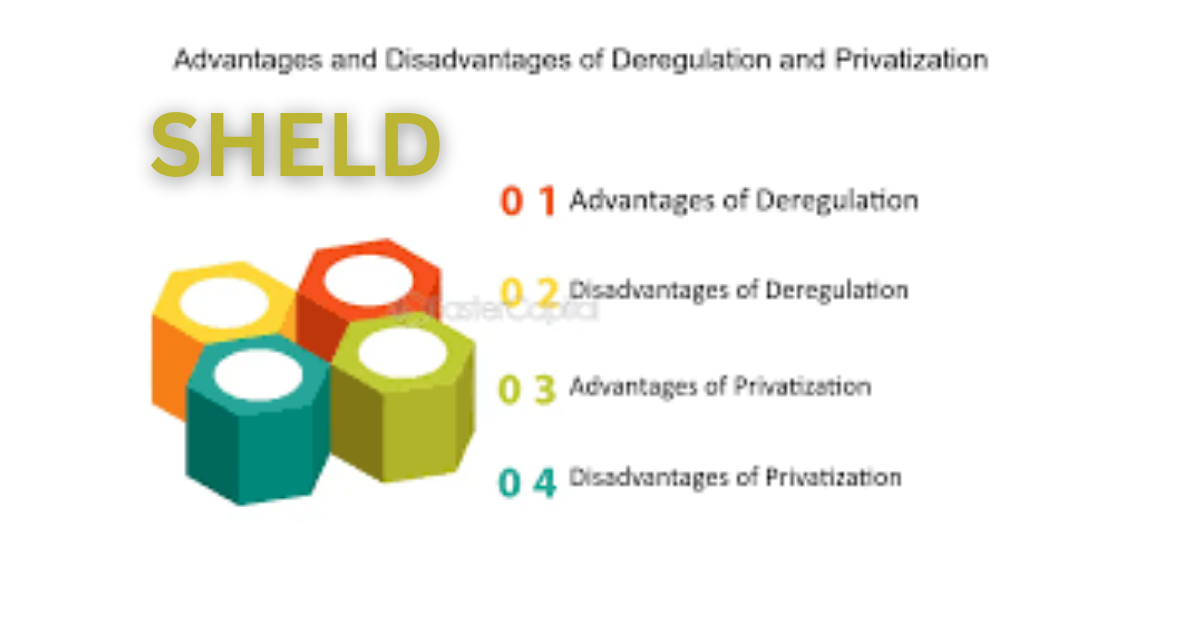Introduction
Price-fixing and cartels represent some of the most significant threats to competitive markets. By colluding to set prices, restrict output, or divide markets, firms undermine the benefits of competition, harming consumers through higher prices, reduced innovation, and limited choice. Antitrust authorities worldwide view cartels as per se illegal, recognizing them as detrimental to market efficiency and welfare. Yet, despite strict enforcement, cartels persist across industries and regions. This article provides an in-depth economic analysis of price-fixing and cartels, examining their formation, effects, sustainability, and policy implications.
Defining Price-Fixing and Cartels
- Price-Fixing: An agreement among competitors to set or coordinate prices rather than allowing them to be determined by market forces. This may involve fixing minimum prices, establishing uniform pricing, or agreeing on price ranges.
- Cartels: Broader organizations or agreements among firms that coordinate not only prices but also production levels, market shares, customer allocation, or bid-rigging. Cartels can operate domestically or internationally.
Both practices violate the principle of competition, where independent firms should compete to offer the best value to consumers.
Why Firms Engage in Cartel Behavior
- Profit Maximization
Cartels allow firms to act collectively as a monopolist, restricting output and raising prices to maximize joint profits. - Risk Reduction
Collusion reduces uncertainty in competitive markets by stabilizing prices and avoiding destructive price wars. - Market Division
By dividing markets or customers, cartels reduce competition and increase predictability for participating firms. - Barriers to Entry
Cartels can maintain artificially high prices that deter new competitors from entering the market.
Economic Effects of Cartels
- Consumer Harm
Consumers face higher prices, limited product choices, and reduced quality. The lack of competitive pressure discourages innovation and efficiency. - Allocative Inefficiency
Cartels produce less output than competitive markets, leading to deadweight loss where potential gains from trade are not realized. - Productive Inefficiency
Without competition, cartel members have less incentive to minimize costs, leading to wasteful practices. - Innovation Suppression
Firms in cartels may deliberately avoid innovation that could disrupt the collusive agreement.
Conditions for Cartel Formation and Sustainability
Economic theory suggests that cartels are difficult to sustain due to the incentive to cheat: each member benefits from secretly undercutting cartel prices to increase market share. However, several conditions make collusion more sustainable:
- High Market Concentration
Fewer firms make monitoring easier and collusion more likely. - Homogeneous Products
When products are similar, it is easier to agree on prices and detect deviations. - Frequent Interactions
Repeated transactions allow firms to monitor one another and punish defectors. - Barriers to Entry
Strong barriers prevent outsiders from undermining the cartel. - Information Transparency
The easier it is to observe rivals’ prices and outputs, the easier it is to enforce collusion.
Case Studies of Cartels
- OPEC (Organization of the Petroleum Exporting Countries)
OPEC operates as a cartel by coordinating oil production among member states to influence global prices. While not illegal under international law, it demonstrates how output restriction can manipulate markets. - The Lysine Price-Fixing Conspiracy (1990s)
Major agribusiness firms conspired to fix prices of lysine, an animal feed additive. The cartel led to significant price increases before being uncovered by U.S. antitrust authorities, resulting in heavy fines. - Air Cargo Cartel
Several airlines colluded to fix fuel surcharges in the 2000s. Authorities in multiple jurisdictions imposed billions in fines, highlighting the global reach of cartel enforcement.
Detecting and Preventing Cartels
- Antitrust Enforcement
Authorities such as the U.S. Department of Justice (DOJ) and the European Commission impose heavy fines and criminal penalties on firms and executives engaged in cartels. - Leniency Programs
Programs offering reduced penalties to the first cartel member to confess have proven highly effective in destabilizing cartels by creating distrust among members. - Monitoring Markets
Regulators monitor suspicious pricing patterns, bidding behaviors, and market structures to detect collusion. - Encouraging Whistleblowers
Financial incentives and protections for whistleblowers encourage insiders to expose cartel behavior.
Policy Implications
- Balancing Deterrence and Compliance
Strict penalties deter cartels but must be balanced with incentives for compliance and cooperation. - Global Coordination
Because cartels often operate across borders, international cooperation among competition authorities is essential. - Technological Tools
Advances in data analytics and artificial intelligence can enhance the detection of suspicious patterns indicative of collusion. - Addressing Tacit Collusion
While explicit cartels are illegal, tacit collusion—where firms coordinate without explicit communication—remains a challenge for policymakers.
Conclusion
Price-fixing and cartels undermine the fundamental principles of competition, leading to higher prices, inefficiency, and reduced innovation. While firms have strong incentives to collude, sustaining cartels requires specific conditions and constant monitoring. Economic analysis reveals that strong enforcement, leniency programs, and international cooperation are critical for combating collusion. In the digital age, regulators must also adapt to new forms of tacit coordination facilitated by algorithms and data-driven pricing.
Ensuring competitive markets requires vigilant oversight, robust legal frameworks, and adaptive policy tools. Ultimately, the fight against cartels is not just about preventing illegal agreements but about safeguarding innovation, consumer welfare, and long-term economic growth.




